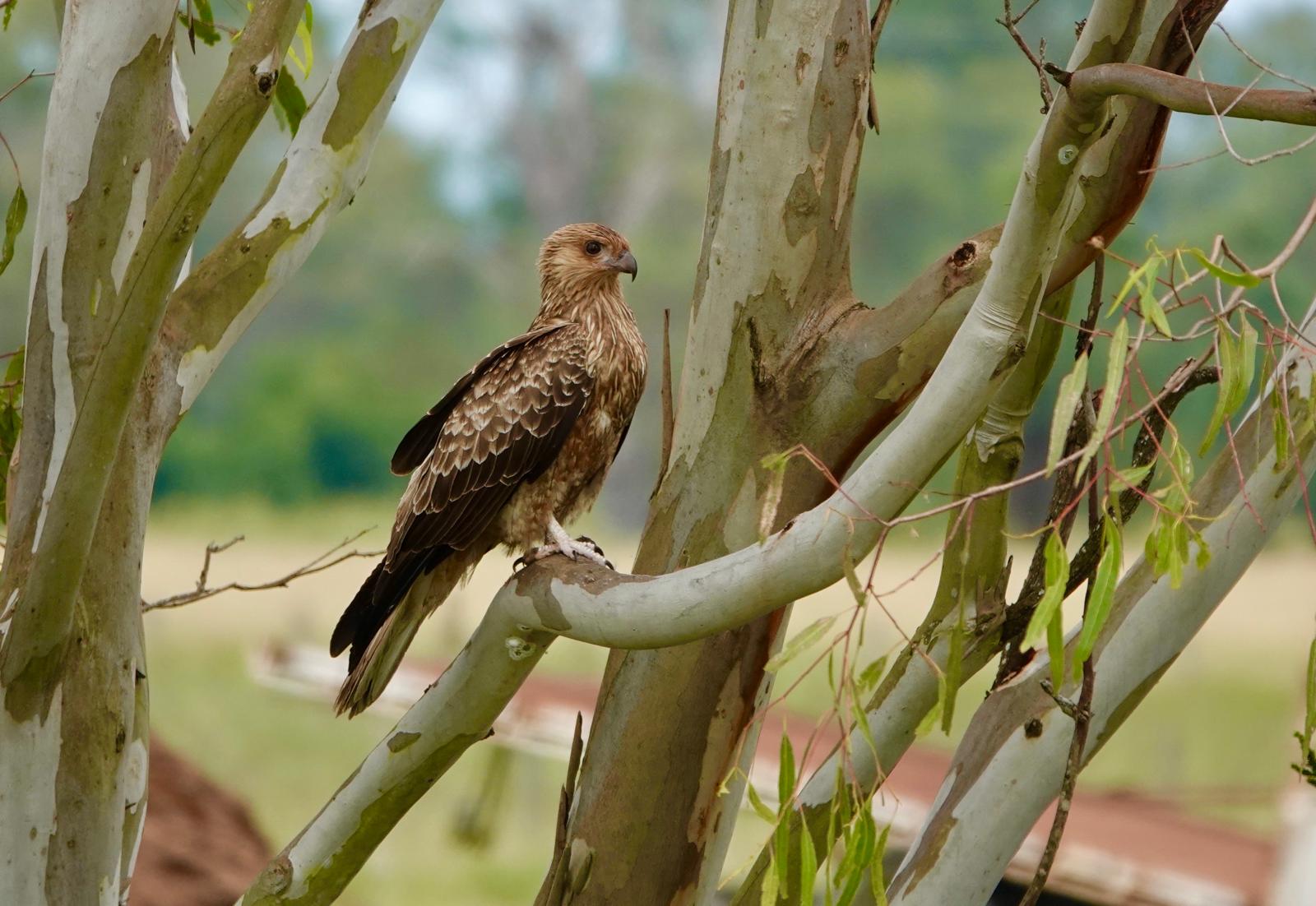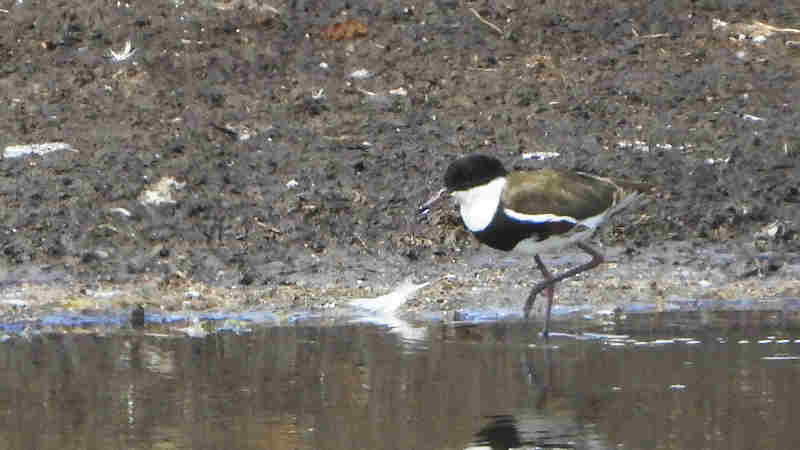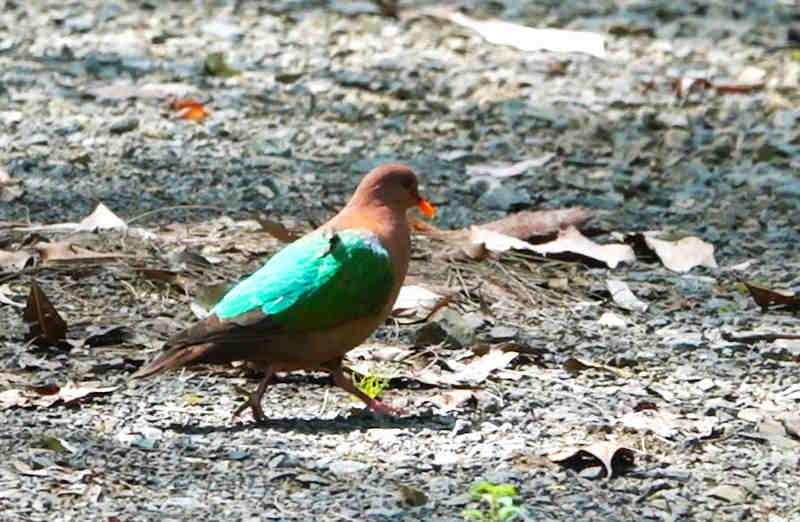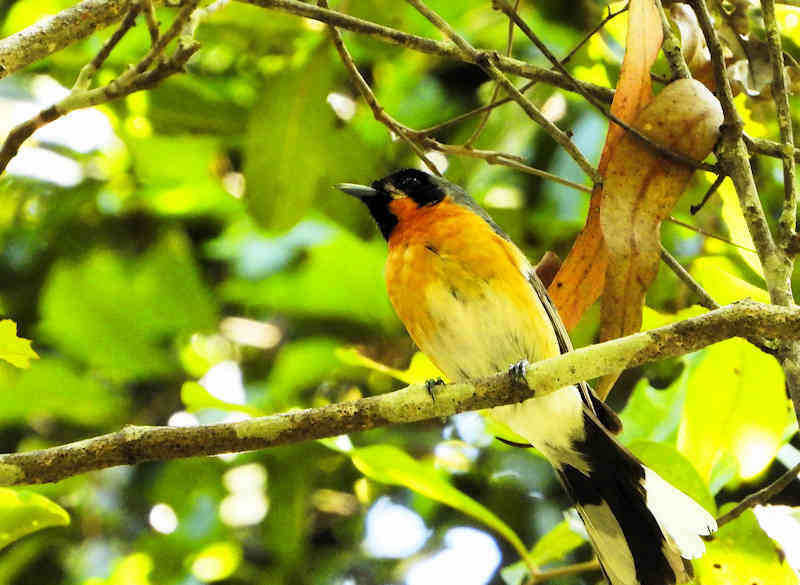Red-winged Parrot (Aprosmictus erythropterus)
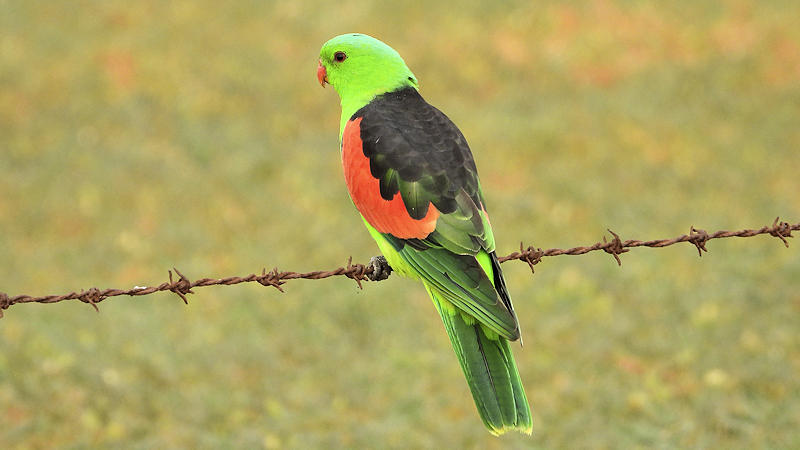
Australia is home to a vast array of beautiful and colorful bird species, and among the most striking is the Red-winged Parrot (Aprosmictus erythropterus). Known for its vibrant plumage and distinctive red wings, this parrot is a true spectacle in the wild, drawing the attention of birdwatchers and nature enthusiasts alike.
This medium-sized parrot can be found in woodlands, riverine forests, and savannas across northern and eastern Australia, from Western Australia to New South Wales and Queensland. Its stunning appearance and social behavior make it a favorite among birdwatchers. Let’s explore the fascinating world of the Red-winged Parrot, including its habitat, diet, and unique behaviors.
Appearance and Identification
The Red-winged Parrot is an unmistakable bird, especially the males, who are adorned in brilliant green with red patches on their wings and blue-black on the lower back and a darker green tail. Their bright orange beaks and eyes further add to their striking appearance. The females, though less vibrant, still have beautiful green plumage, though their wings lack the prominent red markings seen in males.
With an average length of about 30-35 cm (11-14 inches) and a wingspan that showcases their vivid coloration in flight, spotting one of these parrots in the wild is a thrilling experience for birdwatchers.
Habitat and Distribution
The Red-winged Parrot is primarily found across the northern parts of Australia, particularly favoring the tropical and subtropical woodlands, savannas, and forests. Its range also extends to some parts of Papua New Guinea and nearby islands. These birds are often seen near watercourses, open woodlands, and mangroves, where they can easily access their preferred food sources.
Their preference for open woodlands and savannas makes them easier to spot than more elusive parrot species, and their vibrant plumage stands out against the natural backdrop.
Behavior and Social Structure
Red-winged Parrots are typically seen either alone, in pairs, or in small groups. They are known for their playful and social nature, often engaging in various forms of interaction with one another, especially during the breeding season. In the wild, they can be heard making high-pitched, sharp calls, which they use to communicate with each other.
These birds are strong flyers, and their flight is characterized by rapid wing beats and a straight, direct path. They are also known to perch quietly in trees, blending into the foliage, despite their bright colors.
Diet and Feeding Habits
Like many parrot species, the Red-winged Parrot has a varied diet that consists of seeds, fruits, flowers, and nectar. They particularly enjoy feeding on the seeds of eucalyptus trees, acacias, and grasses. Their strong beaks allow them to crack open seeds, while their agile feet help them manipulate food while eating.
They are often seen feeding in the canopy of trees or on the ground in search of fallen seeds. Their adaptability in food sources is one of the reasons they are widely distributed across different habitats in Australia.
Breeding and Nesting
The breeding season for the Red-winged Parrot typically occurs between August and January, although this can vary depending on the region and environmental conditions. These parrots nest in tree hollows, often high up to keep their eggs and young safe from predators.
The female lays a clutch of about 3-5 eggs, which she incubates for around 20 days. During this period, the male will bring food to the female and assist in caring for the chicks after they hatch. The young fledge about six weeks after hatching and are dependent on their parents for several more weeks.
Conservation Status
Fortunately, the Red-winged Parrot is not considered endangered. Its population is stable, and it is classified as “Least Concern” by the International Union for Conservation of Nature (IUCN). However, habitat destruction, particularly in riverine areas, poses a potential threat to some local populations. Conservation efforts aimed at preserving their natural habitats will help ensure the continued survival of this stunning species.
Tips for Birdwatchers
For birdwatchers looking to spot the Red-winged Parrot, the best time to observe them is during the early morning or late afternoon when they are most active. They are often seen flying between trees in search of food or water. Look for them in areas with abundant eucalyptus or acacia trees, as these are prime feeding spots.
Bringing binoculars and a camera with a telephoto lens is recommended to capture their vibrant colors and behaviors from a distance without disturbing them. Additionally, visiting nature reserves in northern Australia, such as Kakadu National Park or Daintree Rainforest, increases the likelihood of spotting these beautiful birds.
Conclusion
The Red-winged Parrot is a magnificent example of Australia’s rich avian biodiversity. Its striking appearance, social behavior, and presence in various habitats make it a delight for birdwatchers and nature enthusiasts alike. By preserving their habitats and respecting their environment, we can continue to enjoy the beauty of these birds for generations to come. So, the next time you find yourself in the Australian wilderness, keep an eye out for a flash of red and green in the trees—it might just be the unforgettable Red-winged Parrot.
We are affiliated with Amazon and make a small royalty at no extra cost to you, so by using the links below to purchase your next birding gear you can help us to maintain Simply Birding and continue to bring great content:

Canon, Sony and Nikon cameras: https://amzn.to/4gmtDWk

Lenses for bird photography: https://amzn.to/3WG3vyF

Tripods: https://amzn.to/3PVDNT0

Memory Cards: https://amzn.to/3PV4Y0z

Bird books: https://amzn.to/42NgsKS

Binoculars for bird watching: https://amzn.to/42G0nGZ

Spotting Scopes for bird watching: https://amzn.to/4hom5nq












